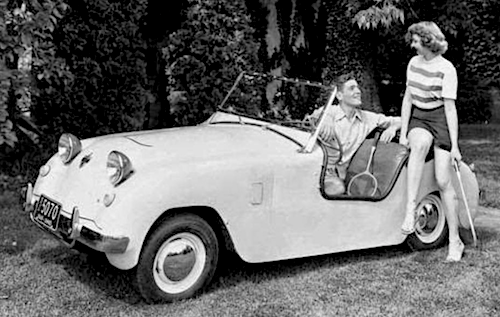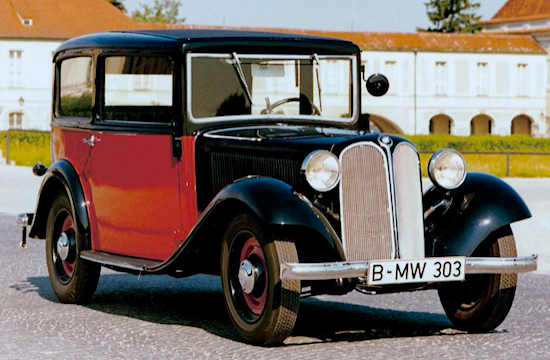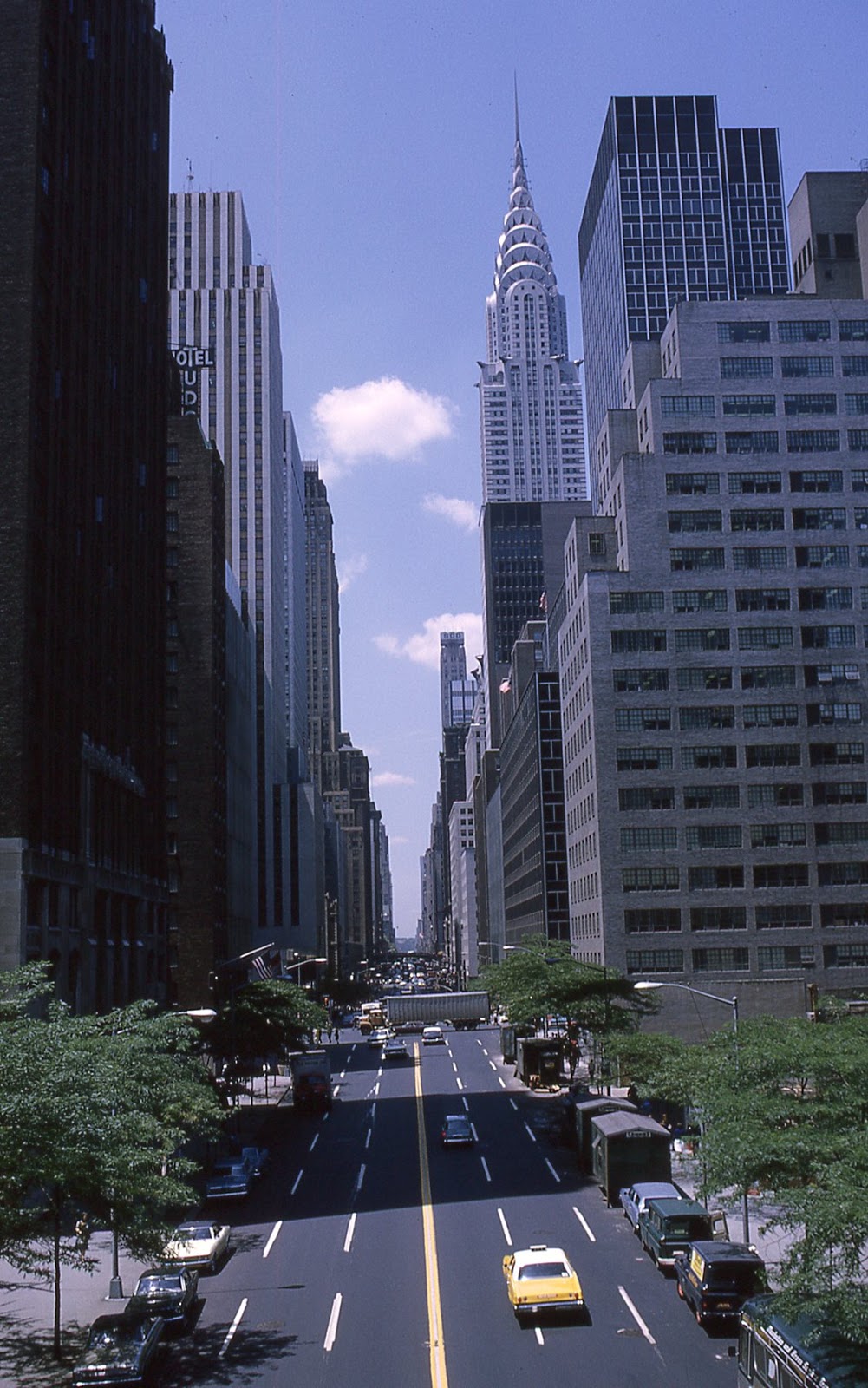Mercedes-Benz 1957-Vintage Four-Door Hardtop

A body type fashion that began in America for the 1955 model year was the four-door hardtop sedan which lacked a visible B-pillar when windows were rolled town. This was an extension of the hardtop coupé concept that General Motors first mass-produced for the 1949 model year. The idea was to market a design with a fixed metal roof having the grace of a convertible coupe/sedan. It took European manufacturers slightly longer than GM's major American competitors to produce four-door hardtops (Ford and Chrysler marketed theirs for 1956). Today's subject is the Mercedes-Benz 300d ( werknummer W189) launched in August, 1957. The W189's Wikipedia entry is here . I wrote about the closely-related W186 large Mercedes 300s here . About 3,100 W189s were produced 1957-1962. Their styling was close to that of the W186s, aside from the "pillarless" feature. Unless noted, the images below are factory-sourced photos. Gallery A 1960 W189 with windows rolled up. Asid...




